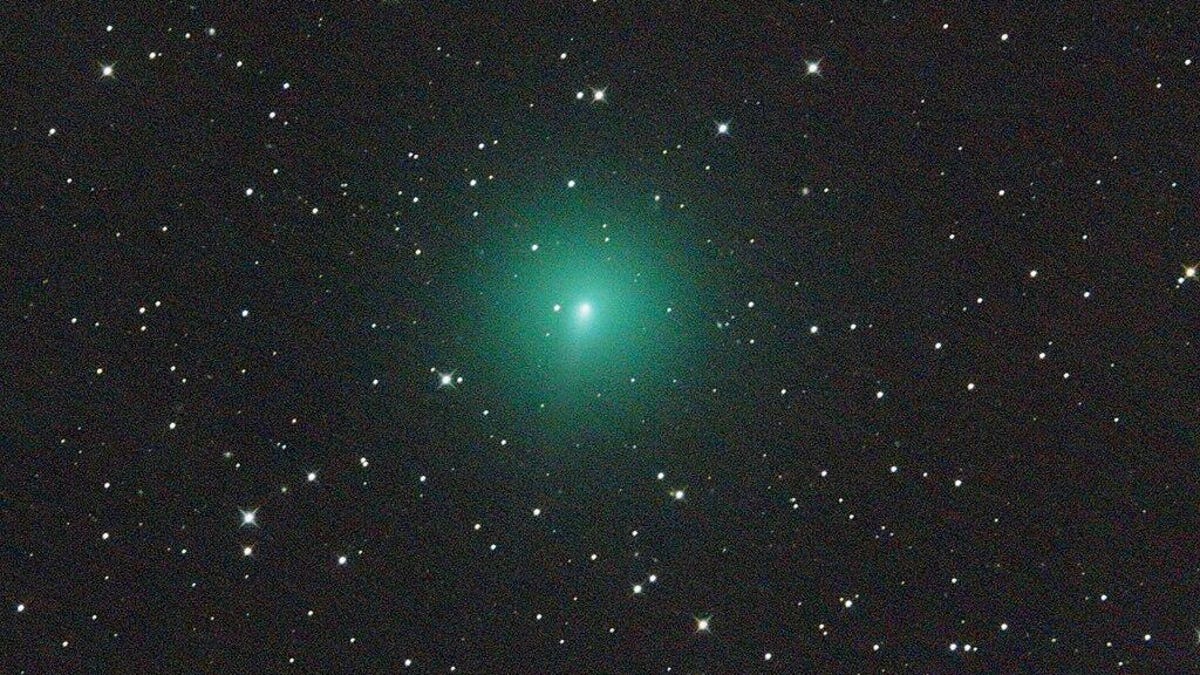Comet Atlas is now in an all-out death dive towards the sun
It shone bright for a bit, and now it's disintegrating as it hurtles towards our star.

Comet Atlas
Fame for a comet is a fickle thing. One week you're shining bright, the next you find you can't take the heat and start breaking up on the way to a fatal encounter with the sun.
In March, newly discovered Comet Atlas was going through a rapid brightening phase and some astronomers were hopeful it might put on a spectacular show in the night sky as it flew closer in May. Just a few weeks later, though, it became clear that Atlas probably wasn't going to live up to those expectations as it began to break apart.
Now amateur astronomers are getting some pretty remarkable images of the space snowball coming apart at the seams.
Comet ATLAS
— mizuho kai (@mizuho73700856) April 16, 2020
Taken by Jose de queiroz on April 15, 2020 @ Falera - Switzerland.
①
Comet C/2019 Y4 (ATLAS)
04/15/2020
Another deep look into the center of the comet. There two distinct nucleons have formed, which plunge towards the sun, like in a race. pic.twitter.com/2WbkFOY6Q7
Best images I’ve seen so far from Nick Haigh, showing the fragments of Comet ATLAS pic.twitter.com/yf9kFWwtJZ
— Con Stoitsis (@vivstoitsis) April 14, 2020
Disintegrated comet C/2019 Y4 (ATLAS) imaged on April 10 through 1.4m f/5.1 telescope at Astronomical Station Vidojevica, AOB, Serbia.
— Igor Smolić (@pseudotrabant) April 12, 2020
5 fragments/condesations are clearly visible.
Exposition 60x60s, R filter. #CometAtlasY4 pic.twitter.com/B5ysRVKPPQ
Comets are notoriously unpredictable, so it's not shocking that Atlas is falling apart. It's also a little uncertain what will became of it next. It could just continue to fragment into smaller and smaller bits until it becomes impossible to see, or it might fly right into the sun, perhaps putting on one last show for us after all.
Don't mourn this snowball too long, though, there's still plenty more to see in the night sky: another newfound comet, dubbed SWAN, is on the rise, as are the Lyrid meteors that will peak next week.

